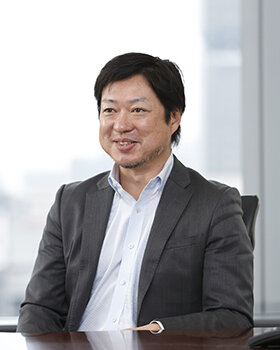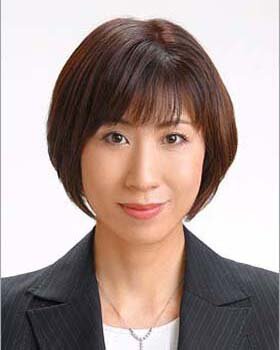WP Foreign Affairs and National Security 2023.03.16
Working Paper(23-003E)Proposals for the G7 Hiroshima Summit based on Future Design
International Governance for Global Public Goods
This is a working paper.


Executive Summary
Humanity is facing various challenges today, such as the Russian invasion of Ukraine, the resulting energy and food security crises, the collapse of the global biogeochemical cycle systems including carbon, nitrogen, and phosphorus, and the biodiversity collapse. Faced with such urgent challenges to survival, it is only natural that we would attempt to solve them with immediate and effective responses.
However, future generations who will live decades from now may not necessarily regard these solutions as the best choices. Such concerns become real when discussions about the future are stifled by short-term interests of individual nations, preventing consensus-building and the development of creative visions for the long-term future.
Therefore, various methods have been developed to design a long-term future to ensure the protection of the interests of future generations, who do not have a voice to negotiate with the current generation. One of these methods, Future Design (FD)—which systematizes the way policy makers imagine policies from the perspective of the future—has been gaining attention in recent years.
We (authors 2–5) conducted discussions to simulate the adoption of the FD approach during the G7 Hiroshima Summit in 2023 when the participating leaders will respond to the impact of the Russian invasion of Ukraine. To this end, we developed a concrete image of what the international community will look like in 2053, and then envisioned a path for the international community to realize cooperation among various seemingly unrelated issues that will become linked within a span of 30 years. Based on this experience, we have the following proposals for the Heads of State and Government participating in the 2023 G7 Hiroshima Summit. In particular, we would like to emphasize that Heads of State or Government should strive to establish an international governance system to provide global public goods.
Proposals
(1) At the G7 Hiroshima Summit, the leaders of the seven major economies should imagine themselves as the future president/prime minister in a cooperative international community from 2053, when the Russian invasion of Ukraine will have ended.
(2) From that perspective, they should consider what consistent solutions the G7 leaders should have come up with regarding the following five potentially interrelated policy issues, and advice the G7 leaders of 2023.
- The importance of unity as the G7 in the various sanctions against Russia being implemented as a countermeasure to the military invasion of Ukraine and its exit strategy.
- The efforts of G7 to encourage China to participate in the U.S.-Russia nuclear arms control regime in a transparent manner and to encourage China to cooperate with Western countries, including the U.S., in the development of a free world economy.
- The role of the G7 in the upcoming discussions on institutional design regarding the fund to be established as decided at the 27th United Nations Framework Convention on Climate Change Conference (COP27) to provide “loss and damage” funding to vulnerable countries hit hard by climate disasters.
- The efforts of G7 to ensure wealth distribution to the Global South, particularly Africa, which did not benefit from the Green Revolution of the 20th century.
- The efforts of the G7 to achieve global stabilization, in terms of nuclear disarmament, the expansion of free trade, prevention of global warming, and distributional justice, in an integrated manner through the establishment of an international governance system for the provision of global public goods in the world after the end of Russia’s invasion of Ukraine.
全文を読む
Proposals for the G7 Hiroshima Summit based on Future Design



